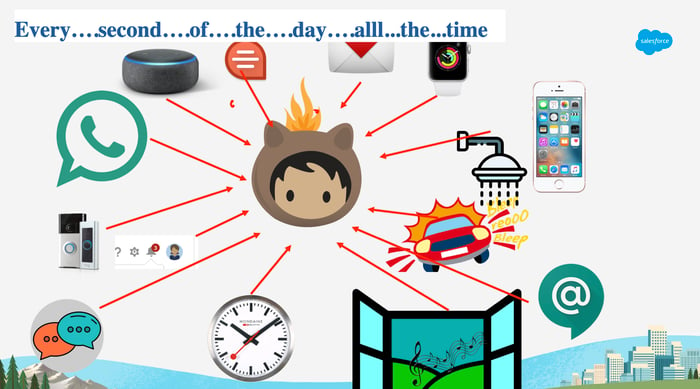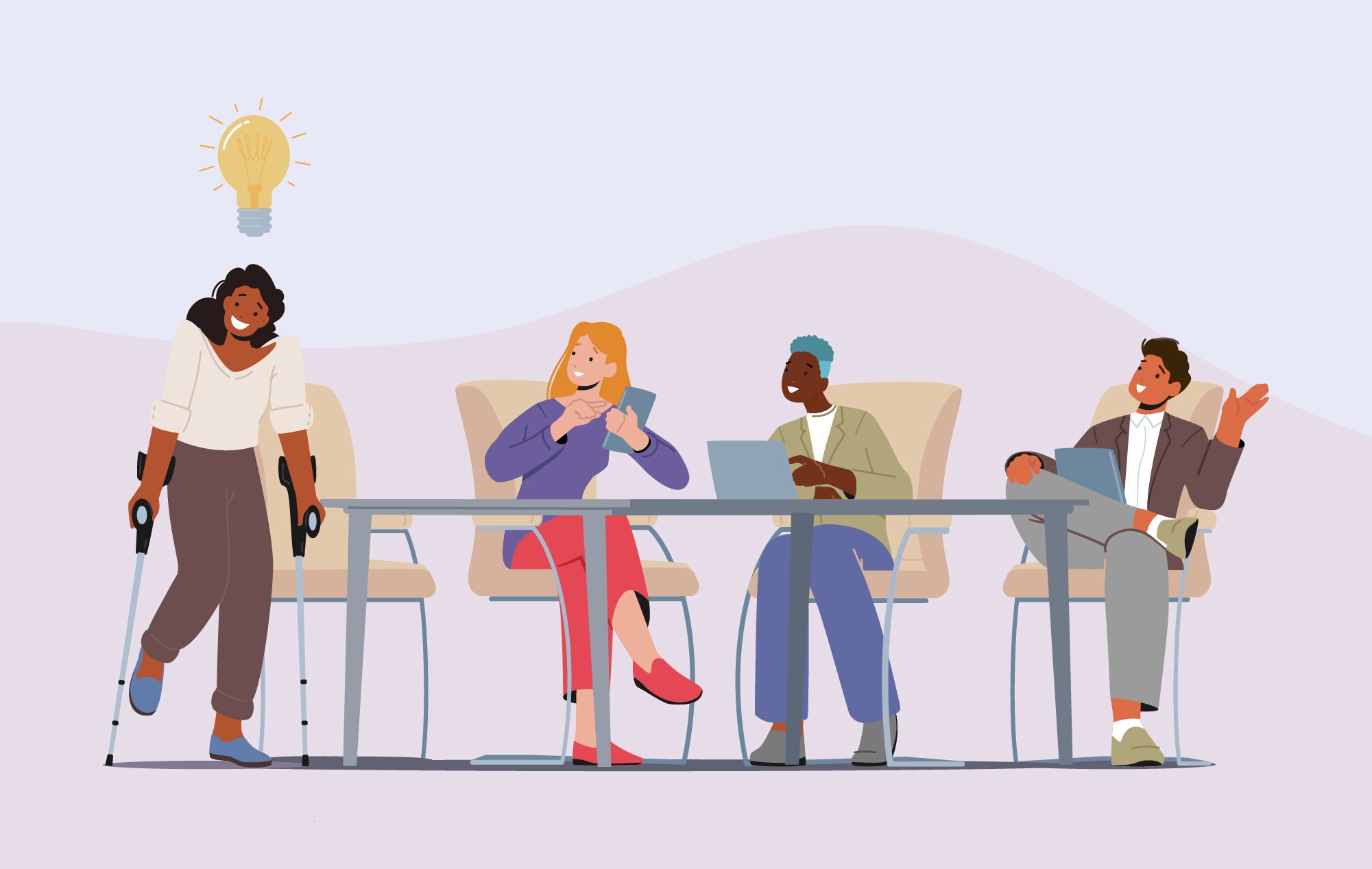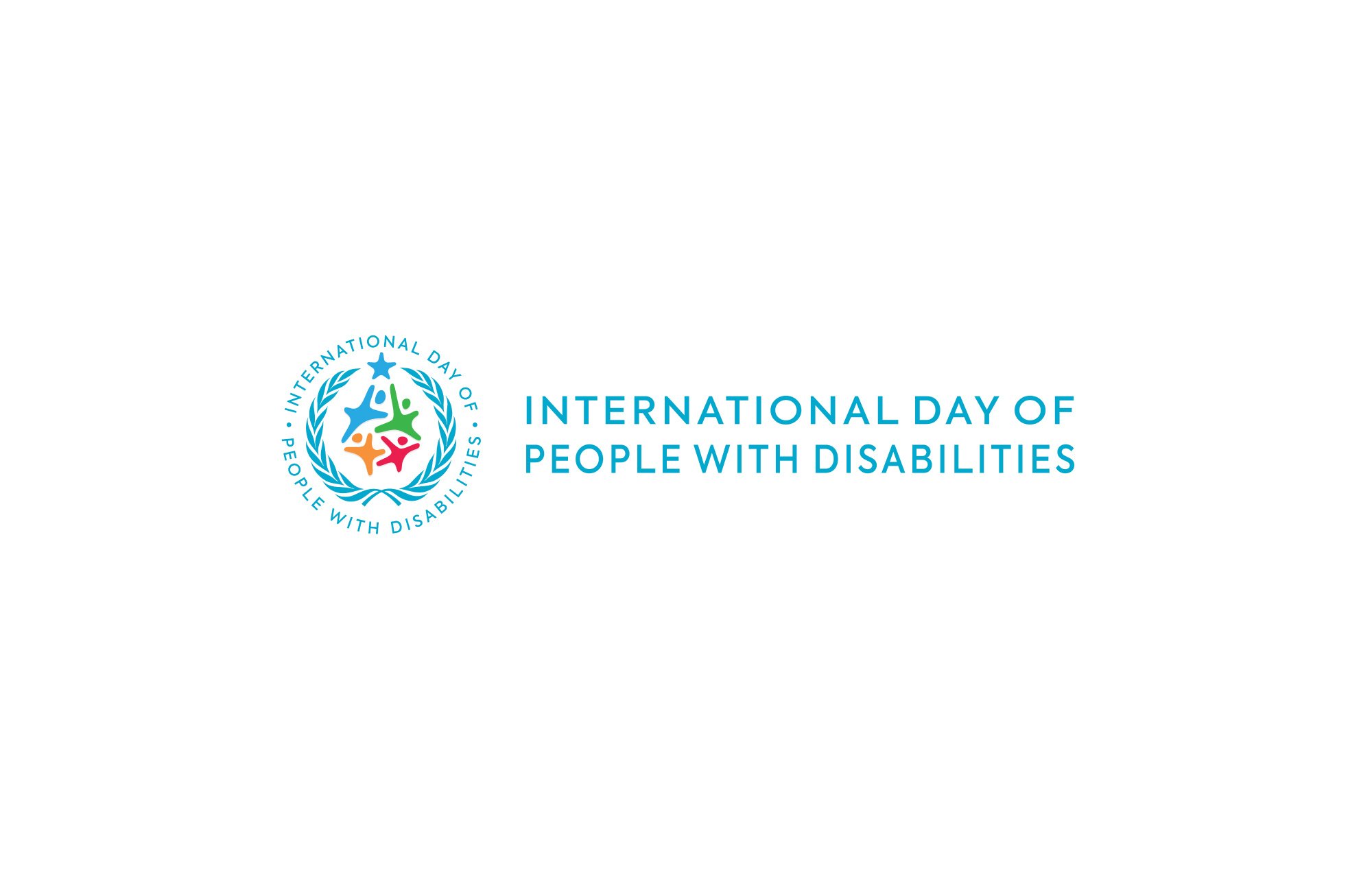Salesforce employees Thomas Frantz and Sebastiaan de Man are open books. While many around the world do not disclose conditions that may affect their work lives, Frantz and de Man share their attention-deficit/hyperactivity disorder (ADHD) diagnoses freely to promote understanding and maximize productivity.
ADHD is thought to affect 4.4 percent of adults in the United States. Common manifestations of the condition include inattention, impulsivity, and hyperactivity, but not everyone displays the same symptoms; and though many are aware of the condition and some of its characteristics, ADHD can contribute to problems in the workplace grounded in misunderstanding.
The Effects of ADHD at Work
Individuals with ADHD are often under-educated and under-employed relative to their intelligence levels and backgrounds. They may struggle to adjust to jobs or form interpersonal connections with their coworkers, often leading to frequent job changes. Those who secure and maintain gainful employment face other potential challenges associated with the condition, including forgetfulness, difficulties staying organized, and distractibility. Specific activities and tasks, like taking notes, doing administrative work, or participating in long meetings, are often more difficult. These challenges can be particularly overwhelming when compounded with a strong desire to succeed.
“A lot of people with ADHD struggle with prioritization and are also people-pleasers,” says Frantz, senior manager of accessibility partnerships and PR at Salesforce. “So you're trying to decide: Do I do all of this communication and catch up and make sure I'm answering everybody within five minutes? Or do I figure out which projects I have to do—which all of them seem important—so you try to do all of them, and then it's just a mess.”
ADHD can also be emotionally draining. Many individuals with ADHD experience rejection sensitive dysphoria, which means they are especially sensitive to perceived rejection. This can result in anxiety, embarrassment, low self-esteem, and avoidance of situations in which they may not be accepted. Emotional reactions to perceived rejections can also challenge interpersonal relationships, as managers and peers may misinterpret them.
But that’s not to say ADHD doesn’t also carry distinct advantages.
“There's the flip side of being awesome at a lot of really cool things, like being creative,” says de Man, principal SE Service Cloud EMEA at Salesforce.
Maximizing Productivity Without Sacrificing Well-Being
Even without routine job stresses, daily life is often exhausting for those with ADHD. Keeping up with everyday tasks, maintaining focus, remembering things, and fighting impulsivity can be overwhelming in the best of circumstances. But when coupled with pressures to remain productive at work, effective strategies become essential to completing tasks without jeopardizing physical or mental health.
“You’re always playing catchup,” says Frantz. “You're dealing with anxiety and stress of getting things done, keeping people aware...It takes more time throughout the day. So you're skipping lunches, you're getting up extra early to try to get in and catch up, you're staying late...It affects your health. It also affects your relationships.”
Establishing a routine, minimizing distractions, and figuring out what works best for them helps many employees with ADHD do their best work.
“I really have to keep an overview and not drown,” says de Man. “Once I realize I'm thinking of too much stuff at the time, I just write it down.”
Salesforce also has a support group for employees with ADHD, allowing them to share their experiences, ask for advice, and recognize that they’re not alone. But Salesforce isn’t stopping there. The company continues to investigate ways to improve inclusivity.
“We have an Office of Accessibility, so our centralized team works on this 24/7,” says Frantz.
The Critical Role of Understanding Differences
Corporations across the country are commemorating Disability Employment Awareness Month (DEAM), a decades-long U.S. Department of Labor campaign that recognizes the achievements of workers with disabilities. The initiative, held every October, also helps educate companies about building more inclusive environments, which could lead to better understanding about the way in which people with disabilities navigate their work day.
Workplace problems often stem from expecting everyone to work the same way. Some who don’t understand ADHD make negative assumptions, thereby sabotaging their coworkers and doing irreparable harm to relationships.
“It is not because you're lazy, or it's not because you are stupid or you don't have concentration,” says de Man.
Frantz adds, “It's a very defeating feeling; like you're always failing at work because people get the wrong perception of who you are.”
Since people with ADHD think differently, they must also work a little differently to achieve their best results. Promoting widespread understanding within the organization can empower employees to collaborate in a way that works for everyone.
To that end, de Man prepared a Google Slides presentation to help other Salesforce employees understand how his mind works.
In it, de Man says, “The way I can best explain it is that I have no filter or prioritization in my brain. This goes for any external stimuli like sounds, noise, but also internally for any thoughts that ‘swim’ in my mind.”

In addition, he shares tips for working together, such as having status meetings, limiting long meetings, and sharing notes with action points.
Frantz and de Man extend this open communication throughout their work lives.
“I'm very proactive in telling my manager,” de Man explains. “Once I...can't see the forest because of the trees, I go to him...like, I'm going to switch off my phone and laptop. I'm going to take a walk outside for an hour because I need rest.”
“On the signature line on my email, I write that I have ADHD,” says Frantz. “I have short-term memory and organization issues...please bump the email thread if you don't hear from me for a while...I need that because sometimes I totally forget.”
While there are many approaches to building a workplace that’s inclusive for neurodiverse employees, they’re all built on the simple foundation of understanding and accepting differences.
“As humans, we just need to get to know each other,” Frantz says.
Disability Employment Awareness Month is an annual initiative that recognizes how people with disabilities contribute to the workforce. For more information on digital accessibility and inclusion, visit InclusionHub.






Leave a Comment